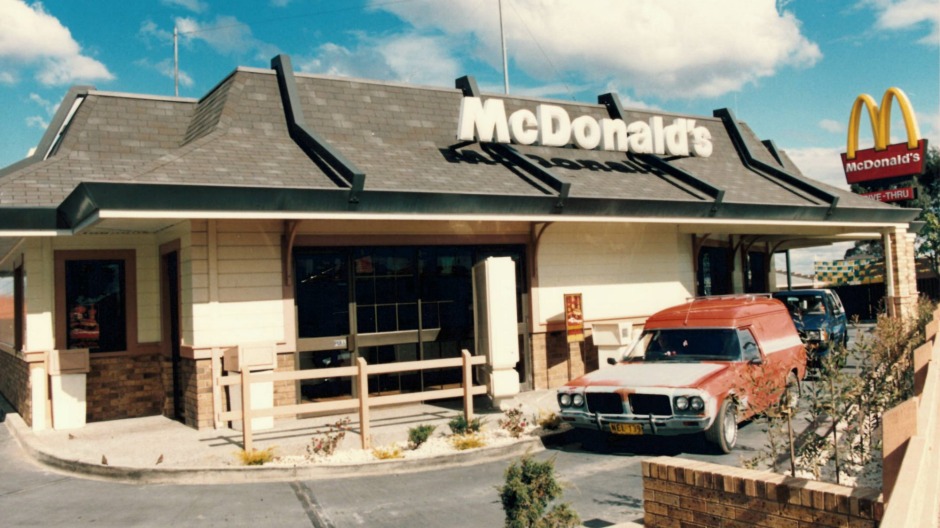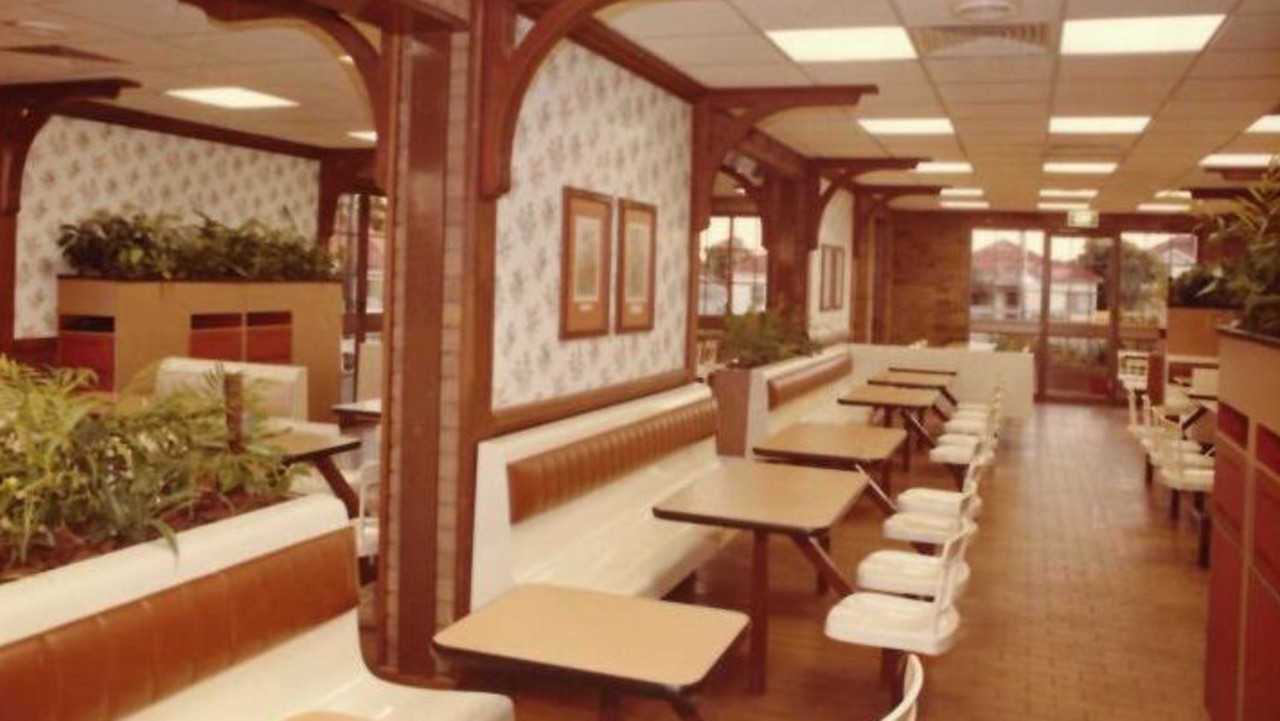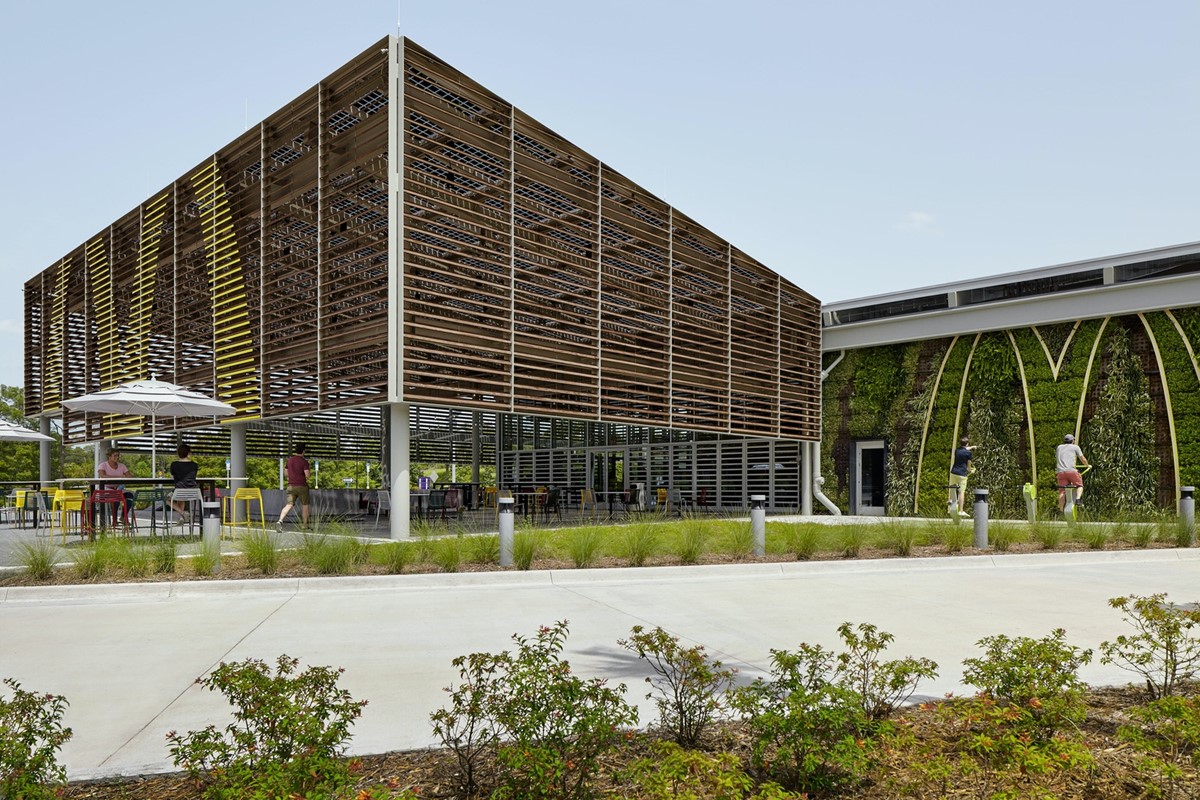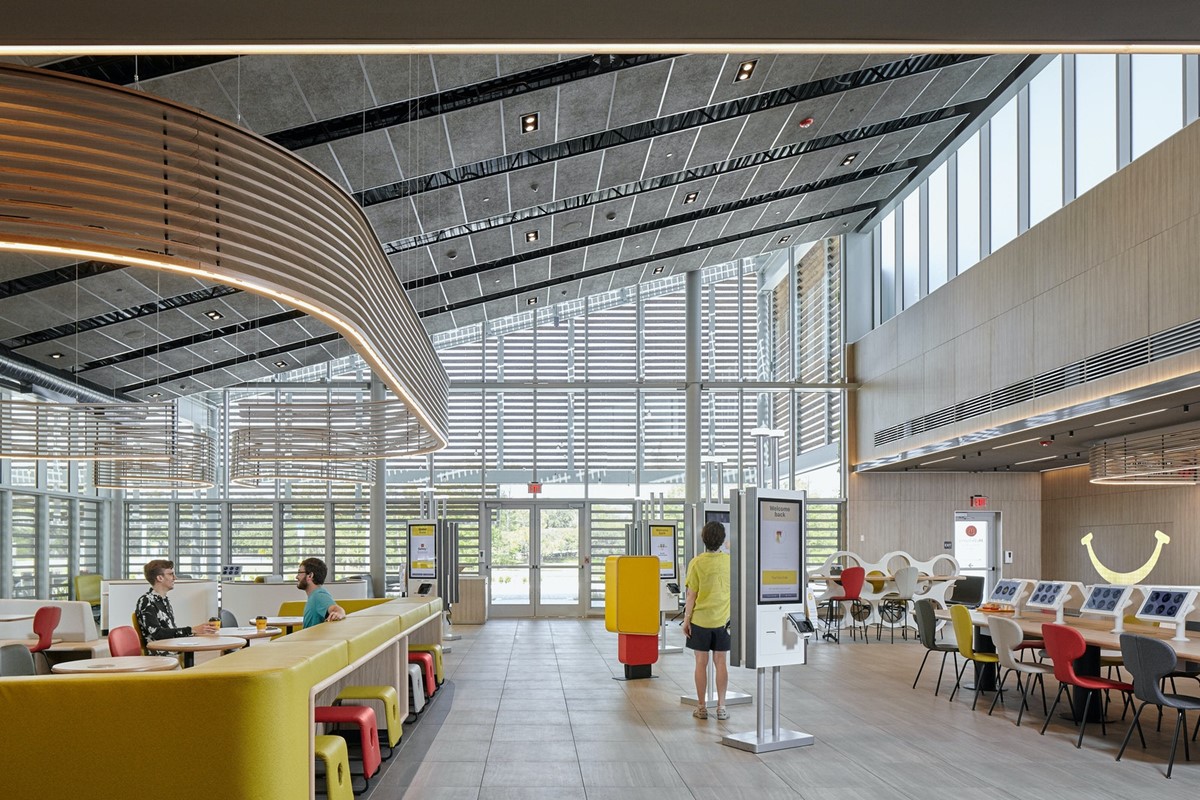Wait, isn’t this subject about services? Why is this topic on products? Great question. Marketing strategy focuses heavily on the 4Ps – Product, Place, Price, Promotion. While recognising that the 4Ps were created primarily with physical products in mind, there are still great insights and relevance we can derive for a services context. Over the next few topics, we will cover each of the 4Ps but specifically focus on what is unique and important in the context of service… and the first ‘P’ we discuss is ‘Product’.
Welcome to Topic 4: Developing the Core and Supplementary Elements of Service Products. In this topic, you will learn about:
- What is meant by the service product concept
- The ‘flower of service’ model and how facilitating and enhancing supplementary services add value
- Formulating a service product strategy
- Key principles of service redesign
- Various service branding strategies.
In this topic we will use the same base concepts derived from product strategy – for example, the total product concept, product innovation, branding – and expand on them to better understand the various layers of our service offering. We will identify what is at the core of a service (what is the why, the organisation's central offering) versus the supplementary components that facilitate, enhance, and add value to the core service. We will also discuss how organisations must continuously innovate to keep up with consumer needs and competitor improvements. Finally, we will talk about the unique importance of branding for services and how a strong service brand can deliver a promise of quality in the absence of a tangible object to touch, taste or trial.
These relate to the Subject Learning Outcomes:
- Discuss the key concepts, principles and unique challenges of services marketing in relation to the extended marketing mix.
Welcome to your pre-seminar learning tasks for this week. Please ensure you complete these prior to attending your scheduled seminar with your lecturer.
Click on each of the following headings to read more about what is required for each of your pre-seminar learning tasks.
Read Chapter 4 of the prescribed text - Lovelock et al. 2014, Marketing in the service economy, 6th edn., Pearson Australia.
Read the blog post by Barnhart, B 2020, Tiered pricing model explained (in plain English), Baremetrics.
Read the two (2) case studies:
- 'An innovation – self-service bicycle rentals a resounding success' on p. 105 of the prescribed text.
- 'Research insight 4.1 – blueprinting the service experience' on p. 116 of the prescribed text.
Read and watch the following content.

What is a service product?
There are three (3) key elements of service products:
- Core service (what is being delivered)
- Supplementary service (value-adding services other than the core)
- Delivery process (the manner or how the service is delivered)
In established markets and competitive environments, most organisations will provide a pretty similar core service. The way that service organisations stand out from their competitors is through the supplementary service components and delivery process advantages (Lovelock et al. 2014).
Take the example of UberEats. The core service of UberEats is in food delivery; this is consistent with Uber’s broader mission statement; “to help power movement of both people and things” (Uber 2021). On that basic level, the core service could be fulfilled in many ways – delivery direct from the restaurant, picking up the order yourself, or using a rival app like Deliveroo, DoorDash or MenuLog. However, when we look at the supplementary service and delivery process, we begin to understand why UberEats is a market leader in this space.
Supplementary service in this example includes the UberEats app (its ease, functionality and responsiveness), the broad range of restaurant partners available and the payment facilities (cashless payment and other payment options).

Delivery process factors include the speed of delivery, the add-on costs associated with delivery (and options for delivery scheduling and priority service), the ability to track order progress, connect with the delivery person, and the quality of delivery experience and interactions with delivery staff.
Classifying supplementary services
It is important for any service organisation to develop an inventory of supplementary services to:
- understand the range of possibilities at our disposal to augment the core service
- reflect on what the organisation currently provides (and how well they provide it) and what they do not.
If a supplementary service is not currently offered, we can consider the costs versus benefits of introducing this (Lovelock et al. 2014). The range of supplementary services at our disposal are identified as petals on the flower of service, as demonstrated in the following figure.
It is important to note that not every supplementary service is relevant or important in all service contexts. It is about strategically selecting attributes that will augment your core service in a meaningful way (that is, meaningful to the consumer). A great way to think about these inclusions is to refer back to your organisation’s positioning strategy (Lovelock et al. 2014). How can these attributes help me reinforce my positioning strategy and help my target market view my service as aligned with this positioning?
For example, suppose a hairdresser wants to communicate a positioning strategy of luxury and high-end service. In that case, they might curate more supplementary services around the consultation process (such as the discussions with the client before the service commences) and consider how they can emphasise hospitality elements (perhaps offering tea, coffee, wine or a welcome massage). They might put a lot of effort into a high-quality website with comprehensive information and call clients prior to service.
In contrast, a low-frills hairdresser may focus on how the consultation process can be made quicker or more efficient, and they might send text confirmations and reminders to speed up this process (versus calling).
The petals on the flower of service can be segmented into two (2) main categories – whether they help facilitate the service, or whether they support or enhance the service (Lovelock et al. 2014):
Facilitating services: Information, order-taking, billing and payment.
Supporting/enhancing: Consultation, hospitality, safekeeping and exceptions.
To read more detail about these categories, refer to the prescribed text.
New service development
Innovation is a crucial part of any organisation. It is about continually monitoring yourself, your competitors, your customers and your market to find opportunities for improvement. Innovation captures a broad spectrum of organisational changes, from the smallest tweaks and improvements in current performance, to introducing a radically new service or approach.
Innovation can be categorised as:
- Major service innovations – “New core offerings for markets that have not been previously defined, and usually include both new-service characteristics and radical new processes.”
- Major process innovations – “Using new processes to deliver existing core products in new ways with additional benefits.”
- Product line extensions – “Additions to current product lines by existing firms. May be targeted at existing customers to service a broader array of needs or designed to attract new customers with different needs (or both).”
- Process line extensions – “Less innovative than process innovations but often represent distinctive new ways of delivering existing products, with the intent of either offering more convenience and a different experience for existing customers or attracting new customers who find the traditional approach unappealing.”
- Supplementary service innovations – “Adding new facilitating services or enhancing service elements to an existing core service or of significantly improving an existing supplementary service.”
- Service redesign – “The most common type of innovation. It involves modest changes in the performance of current products, including improvements either to the core product or to existing supplementary services.” (Lovelock et al. 2014, pp. 112-113).
These types of innovative change can be imagined as a continuum from minor tweaks to radical change, as shown in the following figure.
Service redesign
Let us think about service redesign (the most common type of innovation) in more detail. Service redesign is:
the reconstitution, rearrangement, or substitution of processes that make up a service. It requires organizations to assess their current service designs—the way services are delivered and received—and create alternative, more effective ways to serve customers(Berry & Lampo 2000, p. 266)
There are five (5) key service redesign concepts (Berry & Lampo 2000). The five (5) key redesign concepts are described in depth in this week's prescribed text chapter (there is a great table on page 114). However, let us consider some examples of each right now.

Self-service
Self-service gives the customer a greater amount of responsibility for service delivery (Berry & Lampo 2000). We see examples of this all around us – Woolworths and other major retailers rely more and more on self-service checkouts to relieve staff of checkout duties and speed up the checkout experience for customers with a small number of items. Bank ATMs, self-check-in at the airport, McDonald’s self-service screens are all examples of the customer taking ownership and becoming a ‘producer’ of the service rather than solely a consumer.

Direct service
Direct service brings the service to the customer (Berry & Lampo 2000). Takeaway food delivery is an obvious example of this. However, there are more innovative direct service examples, such as mobile dog groomers, at home vet services, mobile car repairs and detailing. These examples provide the convenience of bringing the service (and service provider) to the customer. Due to their mobile nature, they require less physical infrastructure; for example, the car repairperson does not need to lease a workshop space and the dog groomer does not need to establish a physical storefront.

Pre-service
Pre-service focuses on streamlining service activation or commencement (Berry & Lampo 2000). For example, H&R Block and other tax specialist firms have begun to utilise pre-service components by asking clients to upload relevant documents such as donation receipts and proof of work-related expenses prior to their tax return appointment to speed up the appointment process and ensure that all required documents are readily available.
Bundled service
Bundled service is where various services are grouped together to benefit the customer (Berry & Lampo 2000). A particularly interesting innovation in this space is bundled services with laundromats. An early example in this space is WASBAR in Belgium – a restaurant/café and social hub within a laundromat (WASBAR n.d.). Watch the following video to learn more about their laundromat-café concept.
Physical service
Physical service is about changing tangible elements of the service (Berry & Lampo 2000). Design and upgrading of furnishings can rejuvenate a tired-looking location and with it enhance perceptions around service quality. McDonald’s is an excellent example of this. While fundamentally their offering has not changed (with McCafe being an exception to this rule), the physical design of both interior and exterior have changed significantly over the years, arguably in an attempt to improve perceived quality and experience.




Please watch the following video, What is service design: A tale of two coffee shops. The example talks about a coffee shop building an app. What service redesign concepts do you think this relates to?
Learning task 1: Service innovations
Do you know of any other service innovations? Research and share your findings in Topic 4: Forum Activity 1.
You can also navigate to the forum by clicking on 'MKT102 Subject Forum' in the navigation bar for this subject.
Branding strategies for services
Branding is incredibly important for any organisation, but particularly so for services. Due to the unique characteristics of services (particularly intangibility), the brand symbolises a promise. It provides an expectation of what kind of service you will receive (Lovelock et al. 2014, p. 118).
Strong brands enable customers to better visualize and understand intangible products… strong brands are the surrogates when the company offers no fabric to touch, no trousers to try on, no watermelons or apples to scrutinize, no automobile to test-drive(Berry 2000, p. 128)
Watch the following video about branding (the section between 4:30-5:30 minutes specifically talks about service brands).
Brands are a summation of the unique perceptions, attitudes and experiences toward a company, and hold significant economic value (Lovelock et al. 2014). The extent of this value is the basis of brand equity. Positive brand equity is “the degree of marketing advantage a brand would hold over an unnamed or fictitiously named competitor” (Berry 2000, p. 130). But don’t just take our word for it, let us see it in action:
Let us play a quick game of brand “guess who”. Here are zoomed-in images showing parts of three well-known brands. To make it a little tricker, they all feature the same colours of red and white (and spoilers – none of them are Coca-Cola). See if you can guess each brand.
Logo 1:
Logo 2:
Logo 3:
Logos:
- Vodafone
- Austalia Post
How did you go? This demonstrates the power of branding – even seeing a particular colour or part of a logo can already trigger a broad range of responses. And in calling to mind these brands, you aren’t necessarily thinking about a physical product – for Vodafone, you might be thinking about service coverage or their plans. With Australia Post you might be thinking about their delivery times, the last time you went into their store or an interaction you had with a postie. With Pinterest, you might have an idea in your mind of how you use the platform and what you would expect to see or do when using it. You are thinking about service experiences.
Knowledge check
Complete the following three (3) tasks. Click the arrows to navigate between the tasks.
Key takeouts
And that is it for topic 4! Here are some key takeouts:
- Service products comprise of
- core service
- supplementary service components
- delivery processes.
- In competitive markets, the core service among competitors will practically be interchangeable; it is the supplementary features and delivery processes that service organisations must use to their advantage to create a unique point of difference.
- There are various supplementary service components organisations have at their disposal, which form the ‘flower of service’. These components either help to facilitate the service (information, order-taking, billing, payment), or they support or enhance the service (consultation, hospitality, safekeeping, exceptions).
- As consumers and markets continue to change, so too must service organisations to stay competitive. Service innovation can range from the smallest incremental tweaks to radical changes in entire services or processes. The most common is service redesign, where the company introduces more effective processes that make up the service.
- Branding strategy has heightened importance in a service context; in the absence of tangible elements, brands provide a promise of a particular level of service quality.
Welcome to your seminar for this topic. Your lecturer will start a video stream during your scheduled class time. You can access your scheduled class by clicking on ‘Live Sessions’ found within your navigation bar and locating the relevant day/class or by clicking on the following link and then clicking 'Join' to enter the class.
Click here to access your seminar.
The following learning tasks will be completed during the seminar with your lecturer. Should you be unable to attend, you will be able to watch the recording, which can be found via the following link or by navigating to the class through ‘Live Sessions’ via your navigation bar.
Click here to access the recording. (Please note: this will be available shortly after the live session has ended.)

In-seminar learning tasks
The in-seminar learning tasks identified below will be completed during the scheduled seminar. Your lecturer will guide you through these tasks. Click on each of the following headings to read more about the requirements for each of your in-seminar learning tasks.
In a breakout room assigned by your lecturer, you will be given one (1) of the following questions to discuss. At the end of the discussion, you will share your responses with the class:
- Distinguish between core, facilitating and supporting services, and explain the potential value each service offers
- What does it mean if a ‘petal is wilting’ on the flower of service?
In a breakout room assigned by your lecturer, you will be given one (1) of the following case studies to discuss. At the end of the discussion, you will share your responses with the class:
- An innovation – self-service bicycle rentals a resounding success (p. 105).
- How would you classify this service innovation?
- We have experienced similar innovations in Australia, with mixed success (for example, Beam electric scooters in Adelaide and the oBike disaster in Melbourne). What are the causes for this mixed success, and what supplementary service attributes or services innovations could be introduced to mitigate potential problems?
- Research insight 4.1 – blueprinting the service experience (p. 116).
- Identify points in the blueprint provided where supplementary services could or should play a role, and what implications they might have on customer emotions.
- Consider a service where the journey might exist mainly in the positive or neutral emotional state. What are some key considerations for service experiences where customers enter a negative state versus those who do not?
In a breakout room assigned by your lecturer, you will be given one (1) of the following questions to discuss. At the end of the discussion, you will share your responses with the class:
- Select a service firm you are familiar with and identify their core service(s). Now identify the supplementary services for each of those core products, noting which are facilitating and which are supporting. In what respects do any of these services and their respective values differ from those offered by a leading competitor?
- With reference to a service organisation of your choice, show how information technology has been employed to enable delivery of its core, value-adding and/or facilitating services.
Welcome to your post-seminar learning tasks for this week. Please ensure you complete these after attending your scheduled seminar with your lecturer. Your lecturer will advise you if any of these are to be completed during your consultation session.
In your reflective journal, prepare a list of key terms and concepts from this topic that will be useful for your audit report. Find supporting references relevant to your chosen company in relation to these concepts.
You can access the reflective journal by clicking on ‘Journal’ in the navigation bar for this subject.
- Consider Question 2 of the case study, Banyan Tree: Branding the intangible (Lovelock et al. 2014, pp. 444-449).
- Start to structure your response in dot points and search for supporting references.
Develop an outline for your presentation and script
Each week you will have a consultation session, which will be facilitated by your lecturer. You can join in and work with your peers on activities relating to this subject. These session times and activities will be communicated to you by your lecturer each week. Your lecturer will start a video stream during your scheduled class time. You can access your scheduled class by clicking on ‘Live Sessions’ found within your navigation bar and locating the relevant day/class or by clicking on the following link and then clicking 'Join' to enter the class.
Click here to access your consultation session.
Should you be unable to attend, you will be able to watch the recording, which can be found via the following link or by navigating to the class through ‘Live Sessions’ via your navigation bar.
Click here to access the recording. (Please note: this will be available shortly after the live session has ended.)

For those who want to go the extra mile, here are some additional useful resources:
- Berry, LL 2000, ‘Cultivating service brand equity’, Journal of the Academy of Marketing Science, 28(1):128-137.
- Berry, LL & Lampo, SK 2000, ‘Teaching an old service new tricks: The promise of service redesign’, Journal of Service Research, 2(3):265-275.
References
- Brand Master Academy 2021, 8 types of branding for your brand strategy (+ examples), streaming video, YouTube, https://www.youtube.com/watch?v=ZdH2u_DEIbw
- Berry, LL 2000, ‘Cultivating service brand equity’, Journal of the Academy of Marketing Science, 28(1):128-137.
- Berry, LL & Lampo, SK 2000, ‘Teaching an old service new tricks: The promise of service redesign’, Journal of Service Research, 2(3):265-275.
- Henau, D 2012, WASBAR, streaming video, YouTube, https://youtu.be/Y4cTLHf1ZUo
- Lovelock, C, Patterson, P & Wirtz, J 2014, Services marketing, 6th edn., Pearson Australia.
- Morales, D 2017, What is service design a tale of two coffee shops, streaming video, YouTube, https://youtu.be/HNOY8GLVy_8
- Uber 2021, Uber’s technology offerings, https://www.uber.com/au/en/about/uber-offerings/
- Wasbar n.d, Welcome to Wasbar, https://www.wasbar.be/
